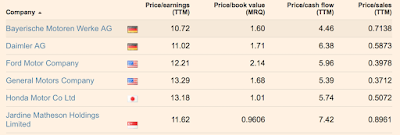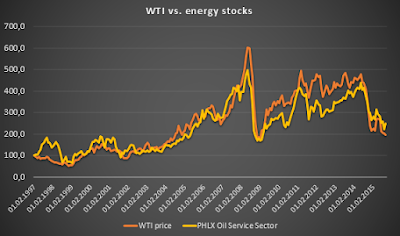Take India for instance, the fourth largestc consumer of oil related products in the world. A third of the country´s import budget is oil. Cheaper oil should enable Indian businesses to hire more workers and produce more stuff as one of the economy´s important input prices has decreased dramatically. Cheaper oil should in my perception curve inflation pressure in countries such as india while reducing the cost of energy-intensive manufacturing while putting more money into the pockets of consumers. In my perception owning emerging market stocks should be a great oil price / oil stocks hedge.
According to the December 2015 paper "Hedging emerging market stock prices with oil, gold, VIX, and bonds: A comparison between DCC, ADCC and GO-GARCH" by Basher Syed Abul and Sadorsky Perry emerging market stocks is the most fitting oil hedge out of the ones mentioned in the paper title. The EM/ Oil hedge has the highest hedging effectiveness in most cases, although not for all models and situations measured in the paper.
Using data from 2000 as this year coincides with the beginning og the financialization of the commodity markets the paper illustrates that emerging market stocks have a low correlation with the oil price (0,261 Pearson correlation). Furthermore the optimal hedge ratio varies over time and from model to model used to calculate the optimal hedge raio, however it seems like a EM/ Oil hedge ratio of 0,2 - 0,4 should be deemed reasonable.
Pearson correlations between daily returns - oil and hedging alternatives:

































